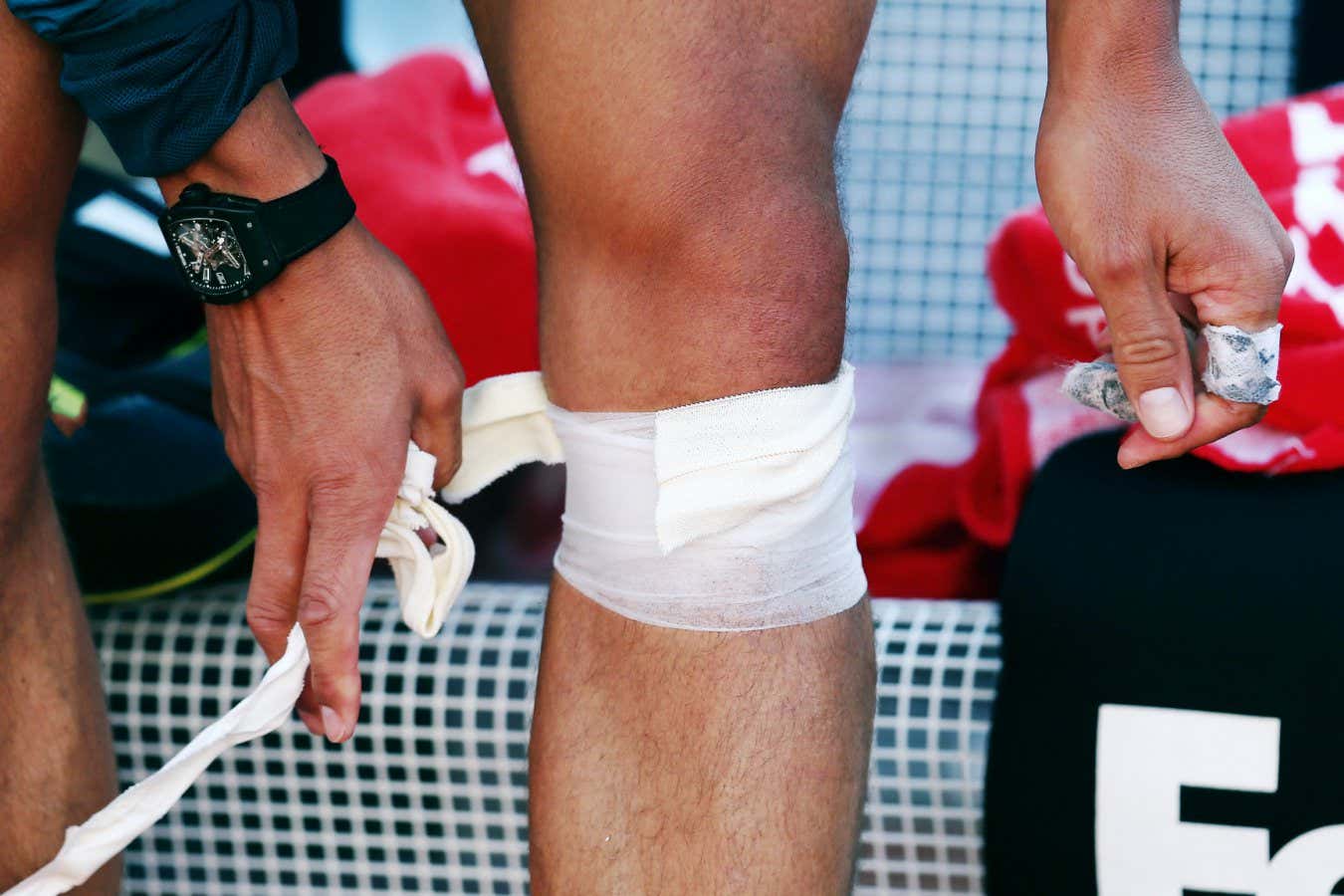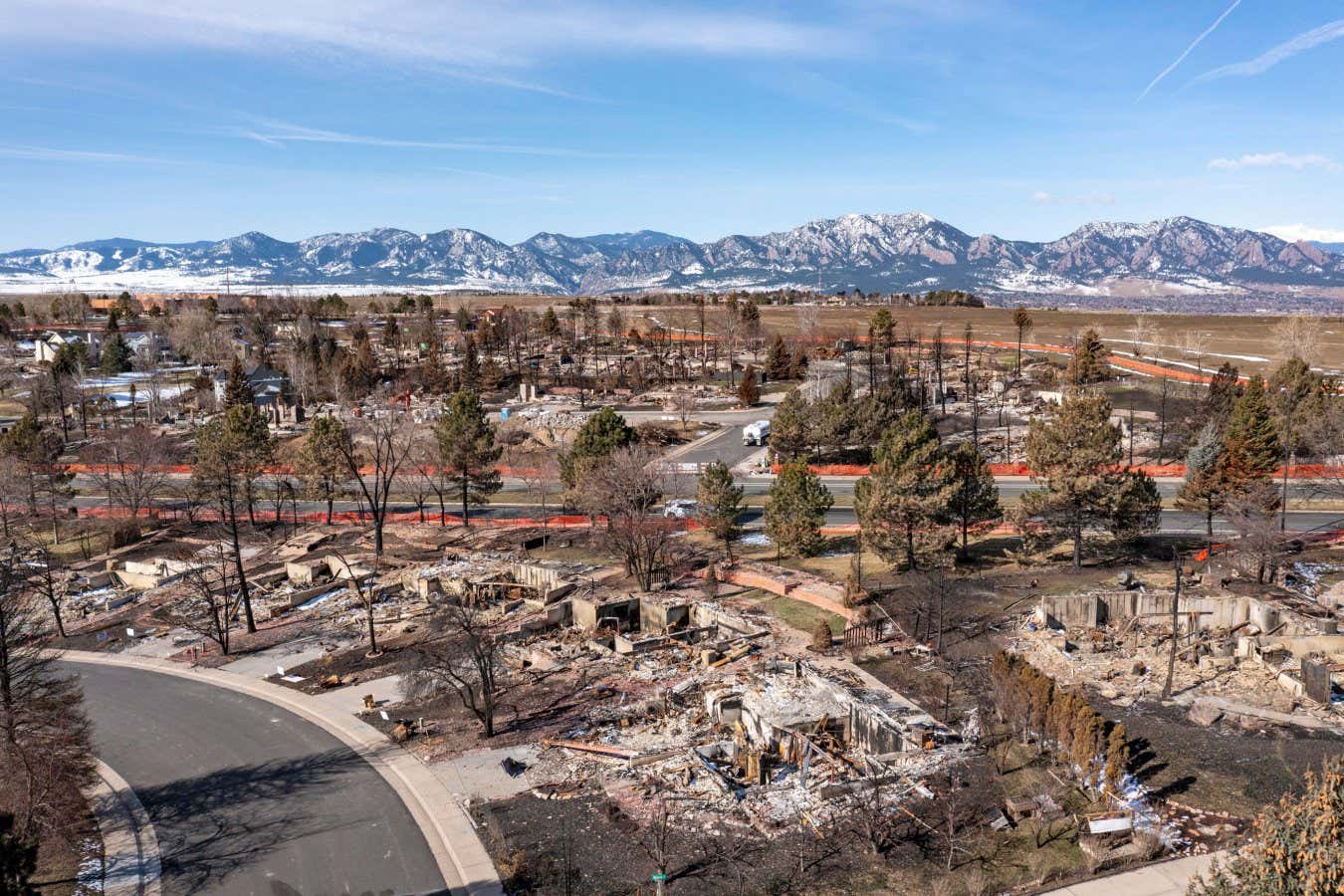Now Reading: Human Wounds Heal Slower Than Those of Other Primates, Study Reveals
1
-
01
Human Wounds Heal Slower Than Those of Other Primates, Study Reveals
Human Wounds Heal Slower Than Those of Other Primates, Study Reveals

Swift Summary
- Human wounds heal about three times slower than injuries of other mammals, including chimpanzees.
- A study led by Akiko Matsumoto-Oda observed healing rates across four non-human primate species: velvet monkeys, Sykes’ monkeys, olive baboons, and chimpanzees.
– Their wounds healed at a rate of approximately 0.61 millimeters per day.- In comparison, humans healed at about 0.25 millimeters per day after skin tumor surgery.
- Research on mice and rats showed similar healing rates as the non-human primates.
- Findings suggest humans evolved slower wound healing after diverging from their common ancestor with chimpanzees.
- Slower healing might potentially be linked to evolutionary adaptations such as reduced body hair in humans; higher hair density is associated with increased stem cells aiding quicker recovery.
- Social mechanisms like medical care and food sharing may act as compensatory factors for the disadvantages of slowed human healing.
Image: Lesions close up quicker if you’re a chimpanzee than a person (Clive Brunskill/Getty Images)
campaign=RSS%7CNSNS&utmsource=NSNS&utmmedium=RSS&utmcontent=home”>Read More
Stay Informed With the Latest & Most Important News
Previous Post
Next Post
Loading Next Post...
























